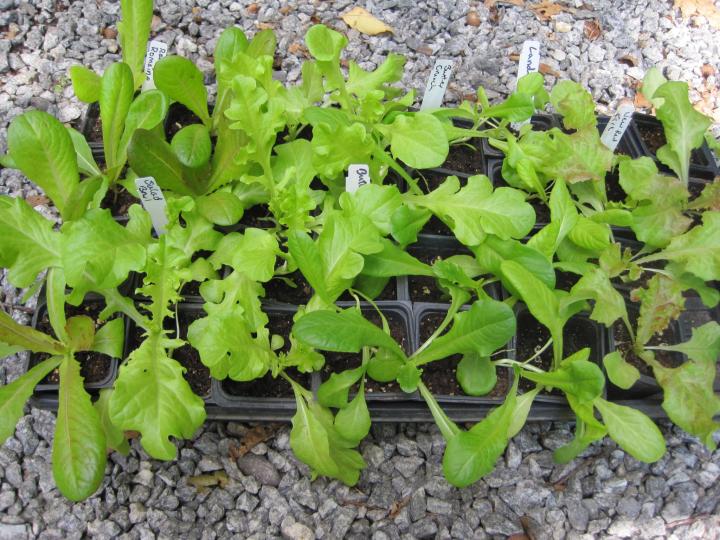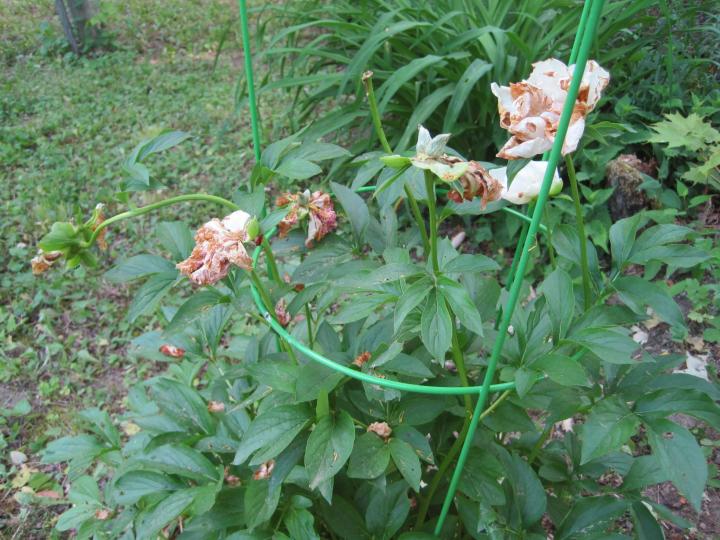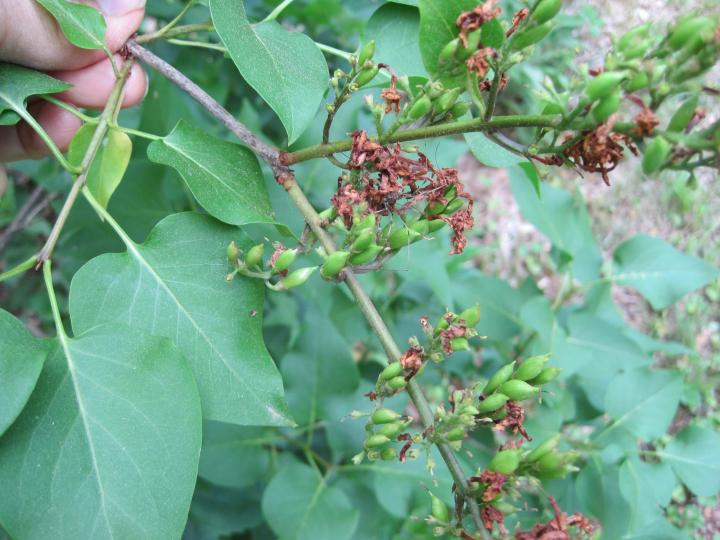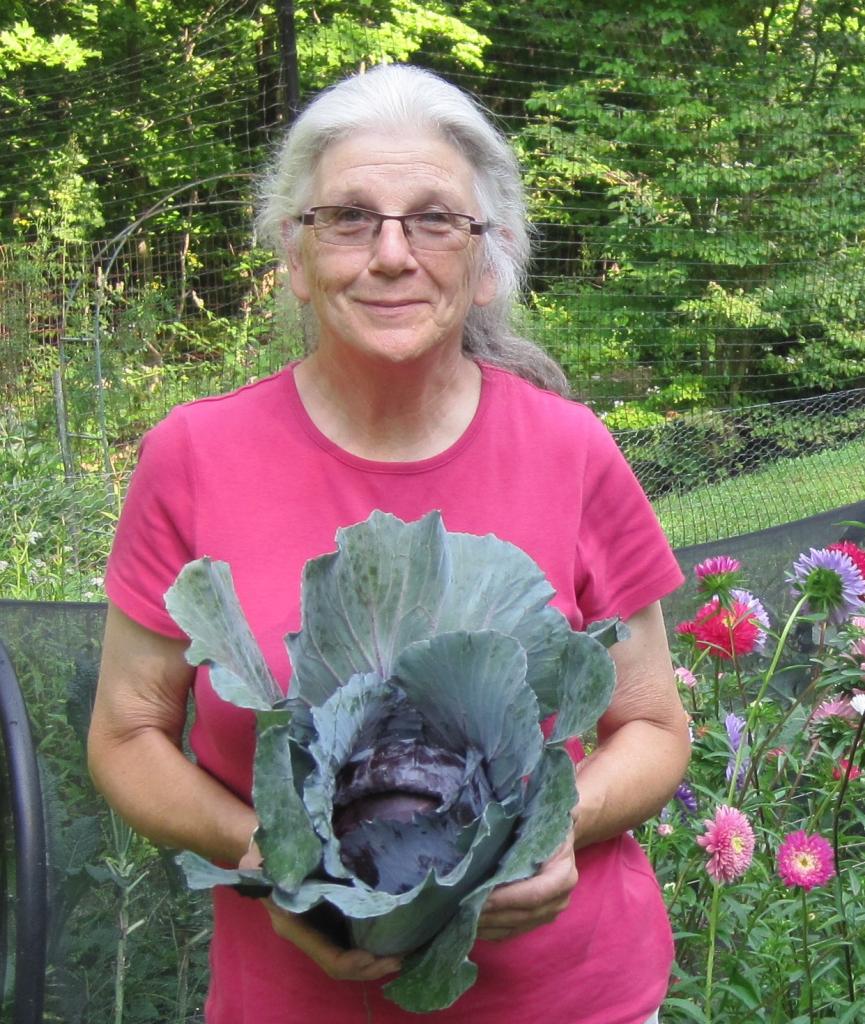
Subhead
Garden Tips and Tricks for the Early Summer Garden
More Like This
I just finished harvesting the last of my Wando sweet peas and pulled the plants and sowed pole beans seeds in the empty planter.
I also pulled my First 13 sweet peas and my Snow peas replacing them with Okra seeds.
I DIDN'T GET A SEED IN YHE GROUND UNTIL 27 MAY GROUND WAS TOO WET ALSO COOL TOMATOES NOT MUCH BIGGER THAN WHEN I PUT THEM OUT CORN GROUND TOO COLD AND WET I GOT MAYBE A DOZEN STALKS STILL TOO WET TOO DO ANYTHING MAYBE NEXT YEAR WILL BE BETTER HAVE FUN












Comments